‘Cartographer of memory, of tradition’
Becoming A Matriarch: a memoir
by Helen Knott
Toronto: Knopf Canada, 2023
$32 / 9780385697774
Reviewed by Trevor Carolan
*
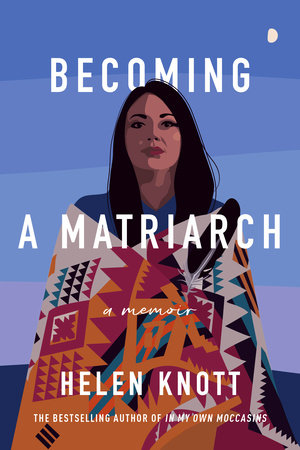
Helen Knott is a name we’re going to be hearing more about. Her second book, Becoming A Matriarch, arrives as a moving account of her life and times as an Indigenous Dane Zaa woman from northeast BC. In English, the Dane Zaa are known as the Beaver people and Knott delivers a smoothly-written narrative that delivers news with an honest ring of the joys and exigencies of the conditions of existence in a region that most of us will rarely, if ever, see nor hear much about. She imparts some tough tales, but conveys her truth without any sense of victimhood and this speaks to the reputation of the Dene Zaa communities around Prophet River where she hails from, for their unflinching willingness to stand up for tradition and their ancestral lands. An Athabaskan-speaking people, their lands reach from the Fort St. John-Dawson Creek region to south of Fort Nelson and east to Alberta’s Grande Prairie and High Level Peace River country—a place Knott says, where “we can drive forever and still be in the territory of our people, and still feel like we’re home.”
Knott begins with an old-fashioned record of her female lineage back to her great-grandparents. Her grandmother’s surname is noteworthy—Bigfoot, a loose settler translation of her great-great grandfather’s name. Chief Makenecha, signatory to a Treaty Eight adhesion in 1911, was known to his Prophet River people as “His/Her feet are big.” Though Bigfoot by blood, the author has arrived through a mix of traditions, hence a different surname, but her admiration for the Bigfoot handle is clear and she’d like to bear it herself. This is a beautifully polished memoir about growing up, and what unfolds is the record of her becoming an adult woman who comes to understand who she is. Where winters are long and fierce, stories are important and Knott asserts candidly, “Everything that I am is a story.”
We’ll learn a good deal about Grandma Junie Bigfoot, about Knott’s mother, about her Aunties—about all the Bigfoot women. This is a book about uncovering and recovering what it means to come from a still-living matriarchal system. We’re not talking about a flakey New Age reconstruction of an ancient feminist ideal. Think of the rugged Yukon up the road; imagine isolated communities, vast horizons of smallish spruce, pine, aspen, balsam. It’s a place, Knott confirms, where female vision and leadership has survived with dignity and respect for a long time.
Knott stakes out her turf with talk about birth. In the Dane Zaa world, birth and babies are cum laude; grannies encourage having more, including at the spirit-world level, where not yet having broken through the physical world barrier, some spirit babies remain close to those they “have chosen to be their physical world mamas.” It’s a concept of fertility, of potentiality where women’s versions of the birth experience are embellished with immense love, Knott says. Male versions by contrast, she contends, are about “legacy.” She relates a simple tale, where women say “Child, this is how I came crashing through a cloud of cacophony with sweat and by the blood of my mother. Because she was, I am. Because I am, you are—this is how we came to be.” That’s the straight deal. Another involves reincarnation. When told against her own gut resistance that her people traditionally believed in it, the author notes ironically that this awareness came through a Cree friend who “learned it from a white lady while in college.” Well, you pay to learn. As it goes, Asu—Knott’s grandmother—grew up in a time when settler culture and faith was drawing nearer. Although she’d grown up with “the sound of drums, the telling of prophecies and prayers in [her] own language,” she’d also received imported church religious training—rosary beads, holy water, the Lord’s Prayer. These received teachings stayed at front of mind much of the time, we’re told, yet Asu was never too far from the depths of the old ways either. Passed along through the generations, that syncretism percolates through the book without contradiction and, to be blunt, such simple truth is welcoming. Immigrant readers from small nations and small languages will understand Knott perfectly: you don’t need to fight everything. Like a smart boxer, you choose your scraps carefully. Knott sees how her matriarchal mentors developed the capacity to hold both traditions in mind and heart, deploying each when a situation was appropriate.
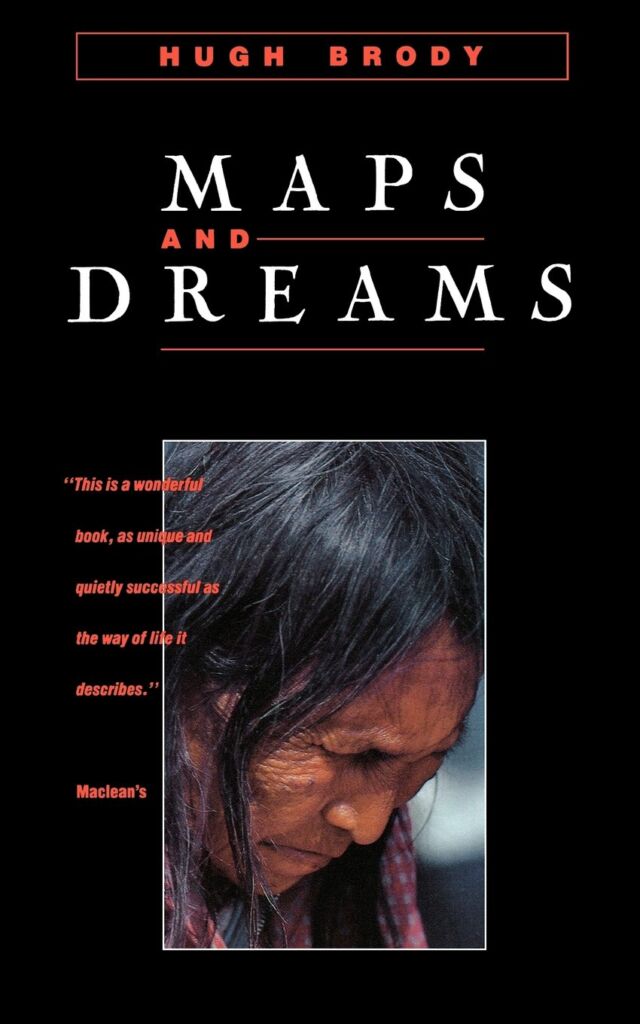
Regarding the potency of ancestral memory, it’s not “an instant summoning but a slow process of recalling buried and forgotten things” she insists. It’s like that with dreaming too. Knott explains how her people evolved as dreamers; she grew up “knowing the legitimacy of dreams.” As a family, they discussed their shamanic power. What she has to say will be familiar to those who’ve read Hugh Brody’s Maps and Dreams and what it has to say about a living tradition of Indigenous people that live with a consciousness attuned to the kinds of natural phenomena that baffles Western science, but that still remains vestigially familiar within Western Europe’s Gaeltacht. Prayer, she says, was like that too, an existential force in tough times when grandparents “picked up bottles and sold scrap metal to help,” times when even bush life with moose meat and choking wild rabbits could be easier.
Talk about how her family made it over hard times leads to a point of pride, although there’s no boasting in it when Knott comments, “Maslow’s hierarchy of needs knows nothing about our tenacious Northern ability to succeed and reach the stage of self-actualization against all odds.” There’s writing like this literally on every page. Stated simply and as a matter of fact, her job now she observes “is to heal the emotional wounds and behaviours that haven’t healed in the generations before me.”
Time is not as critical here. Asu’s stories that always come as learning moments can be from either “long ago,” or “not so long ago.” In Dane Zaa territory it’s the land that holds the memories. On a long drive north together, Knott points out the kinds of anthropomorphic images her grandmother sees that routinely still escape her own attention: “Look, a witch is in the clouds…Look a bear is in that rock…Look, an old man is sitting in the bark of this tree.” It’s a lesson in what it’s like to recognize the magic that others can see and feel, and that may be beyond us. Significantly, it’s enough to remind her why, as a younger version of herself, she could finally commit to turning away from booze and white powder, the scourges of modern northern life. Already, the author wonders who will take care of her when she’s aged.
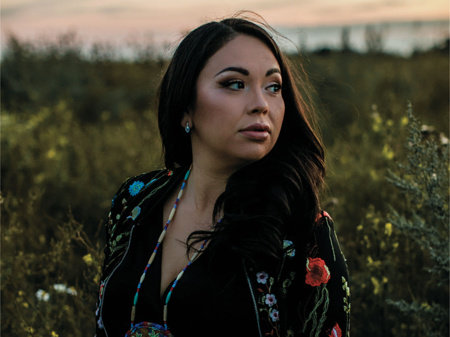
Matriarchy, Knott steadily comes to realize, progresses over generations. Having completed university study in Prince George and now working in Indigenous Wellness and Advocacy, she can see that while men are usually at the driver’s wheel, it’s “the women who [tell] them when to leave and where to go.” It’s the women who pray. Questioned at a difficult moment in Ottawa, she remembers that, “Creator made me this way, but my mama, she prayed me this way.” She remembers that “her mother was her first country,” her skin the first map that she touched. In self-reflection, she now sees herself as a cartographer of memory, of tradition.
There’s just enough of Knott’s tribal language salted in to keep things authentic in this easy-flowing narrative. Knott’s affection for her grandmother remains unquestionably tender, since “Everyone feels so much closer in Indian country.” She’s upfront in acknowledging how both her mother and grandmother had alcoholic bouts in their own lives as Knott has done. Tellingly, both came through to comfort and teach her, so she can conclude, “The women before us come alive in the stories we choose to see, and they live on inside of us through the stories we that we choose not to tell.”
Early on we’re told how Knott had turned to therapy and embraced Indigenous ceremony as part of her own recovery. Forgiveness, she has learned, is part of it, and she acknowledges how before receiving there must be giving; it’s the key linkage between “reciprocity and relationship.” There are the hard northern men, including fathers and brothers. There are the failed lovers. There are deaths and there is hurt. Knott carries the load, “the details that were too painful for everyone else. I gave others the space to fall apart and placed more on my plate.” This is part of living, she comprehends: “I come from a line of women whose bodies and beings were for everyone but themselves.” What she must still decode for herself is where her own crying is meant to go.
Working out the whole matter of giving permission that’s at the root of so much Indigenous custom and lore in Turtle Island is fundamental in Knott’s deepening appreciation of what becoming a matriarch might mean. Being brave and walking tall is part of it, she reckons; and recognizing that men too in their better selves can come as medicine, that’s another part, a work in progress. Louise Erdrich, Lee Maracle, Louise Halfe, Joy Harjo, Eden Robinson—exemplary Indigenous women writers have been chiselling with words at the uncarved block of self-actualization for a couple of gritty decades now. With this book we can add Helen Bigfoot Knott to the starting roster in what’s becoming an A-team in contemporary Lit, moving discourse beyond the fragmentation of intergenerational trauma to the birthing of a new, necessary saga addressing “intergenerational joy.”
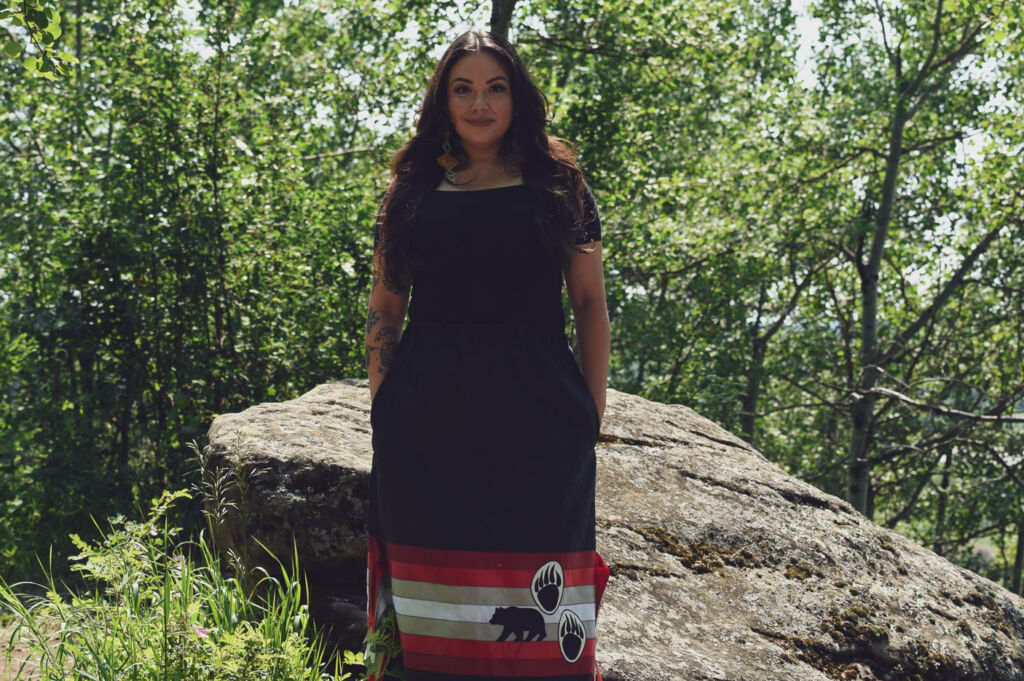
*
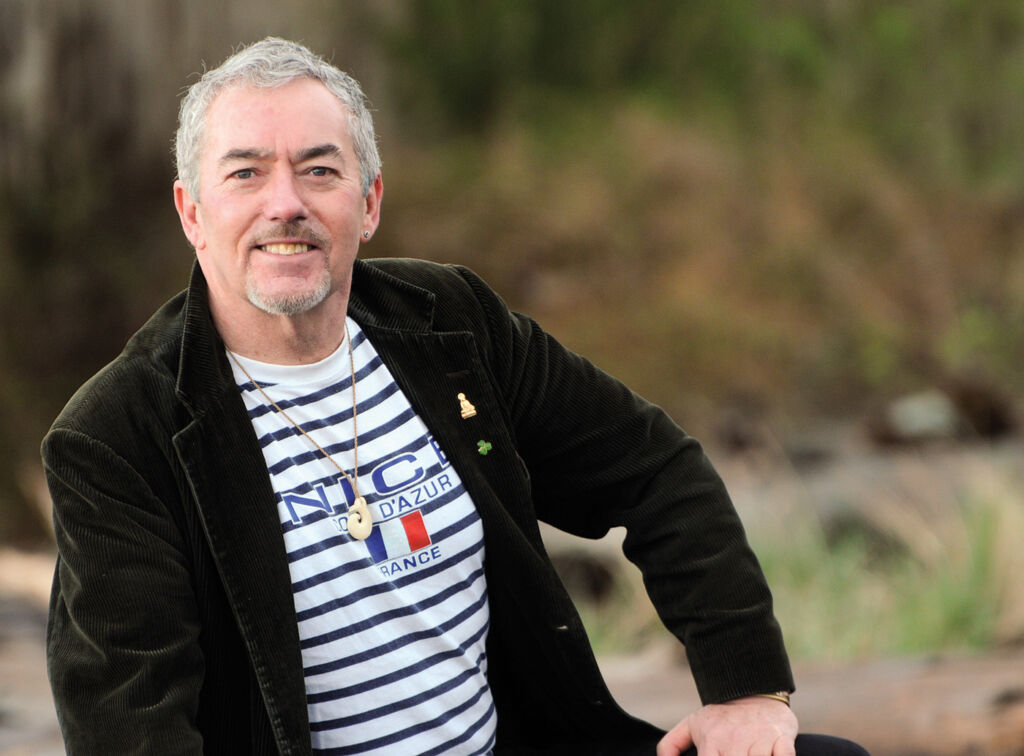
Trevor Carolan has worked on Indigenous BC land claim issues in northern BC. He writes from North Vancouver. [Editor’s Note: Trevor Carolan has previously reviewed books by Yosef Wosk, Jonathan Manthorpe, and John Lent for The British Columbia Review]
*
The British Columbia Review
Interim Editors, 2023-25: Trevor Marc Hughes (non-fiction), Brett Josef Grubisic (fiction, poetry)
Publisher: Richard Mackie
Formerly The Ormsby Review, The British Columbia Review is an online book review and journal service for BC writers and readers. The Advisory Board now consists of Jean Barman, Wade Davis, Robin Fisher, Barry Gough, Hugh Johnston, Kathy Mezei, Patricia Roy, Maria Tippett, and Graeme Wynn. Provincial Government Patron (since September 2018): Creative BC. Honorary Patron: Yosef Wosk. Scholarly Patron: SFU Graduate Liberal Studies. The British Columbia Review was founded in 2016 by Richard Mackie and Alan Twigg.
“Only connect.” – E.M. Forster